The Forest of Bowland: One of the last wild swathes of England, still resisting taming in the 21st century
Giles Kime takes a look at the Forest of Bowland, a 'dramatic mix of fells, windswept moors and sheltered valleys'.
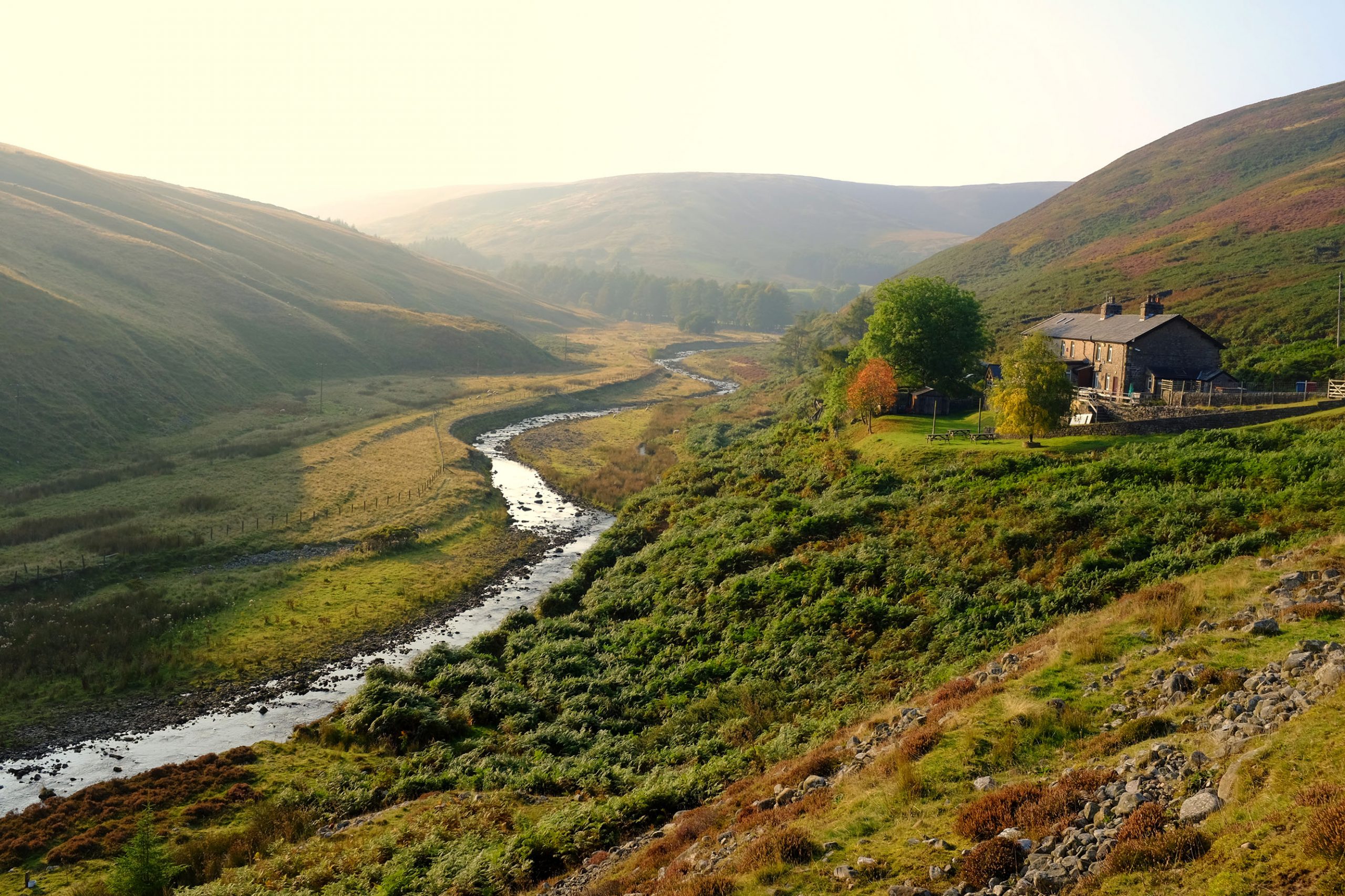

Until recently, there were other wild swathes of England blessed with the same glorious emptiness that is one of the The Forest of Bowland’s many memorable qualities. However, unlike the Sherwood and Savernake forests, this dramatic mix of fells, windswept moors and sheltered valleys has resisted taming.
Geography might have helped to maintain the splendid feeling of isolation; travellers on their way north have been eager to see the wonders of the Lake District and those travelling south distracted by Morecambe Sands, which, although distinguished by an unworldly beauty, have claimed many lives. ‘The stranger, from the moment he sets foot on those Sands seems to leave the turmoil and traffic of the world behind him,’ wrote William Wordsworth in 1810.
Strangers who find their way to the Forest of Bowland and are accustomed to the creature comforts of the Highlands and the Lakes will be disappointed by its more spartan character; other than a few notable exceptions, such as the legendary Inn at Whitewell, tourism is not a priority here, which only serves to enhance its charm. Instead, the focus is on farming, sheep in particular, as in the wide Brennand Valley.
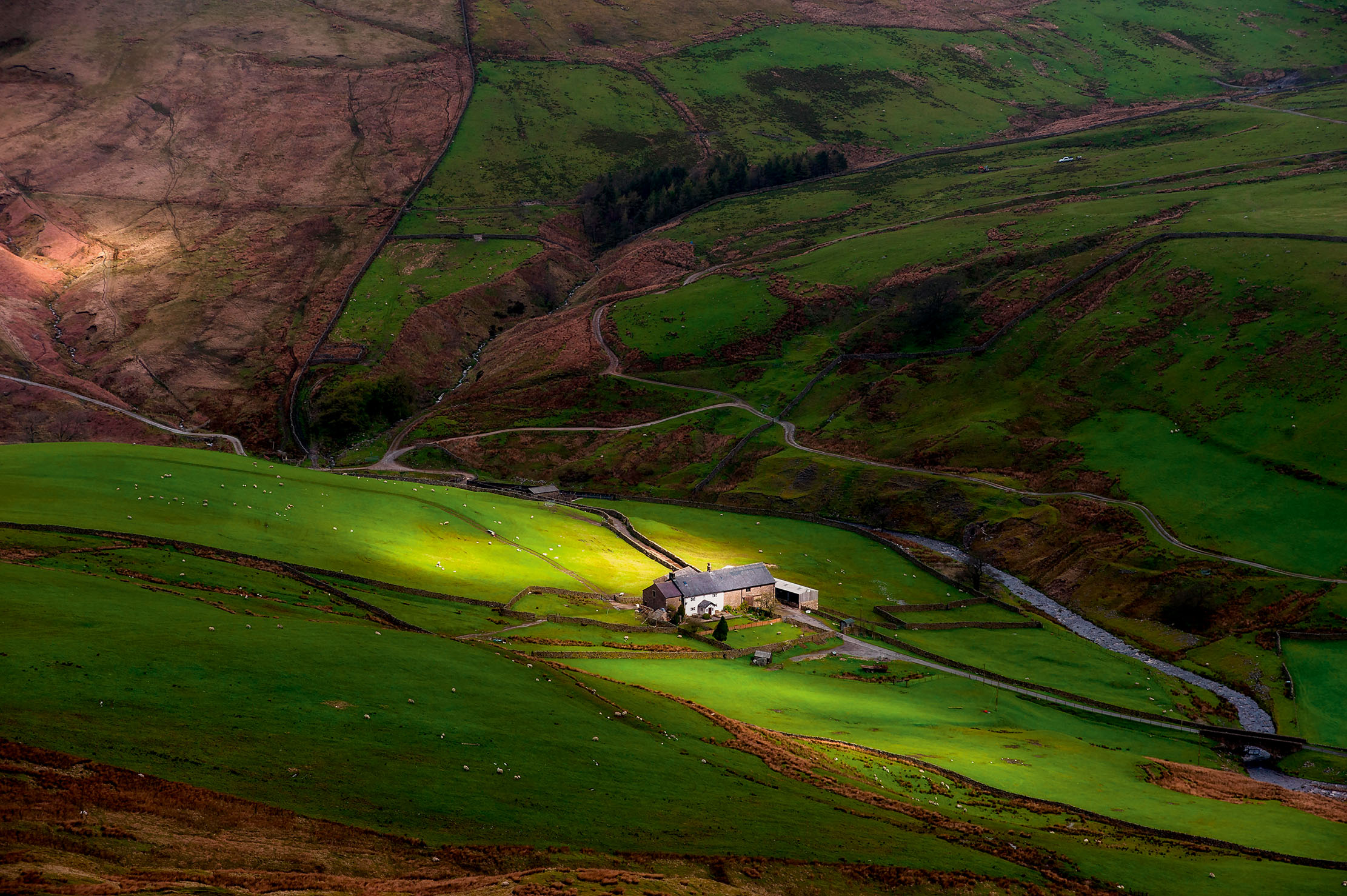
The energetic who explore the Trough are treated to majestic views from Clougha Pike, Grit Fell and Ward’s Stone. Another, less heady perspective is provided by the Pendle Witches Way that follows the route believed to have been taken in 1612 by the gaggle of residents of Pendle Hill to their trial (and subsequent execution) at Lancaster for witchcraft.
The route weaves past Clitheroe, Dunsop Bridge, through the Duke of Westminter’s Abbeystead estate and finishes at Lancaster Castle, which was still a prison until a decade ago. It still has a working courtroom — although the fully functioning branding iron hasn’t been put to work since 1811.
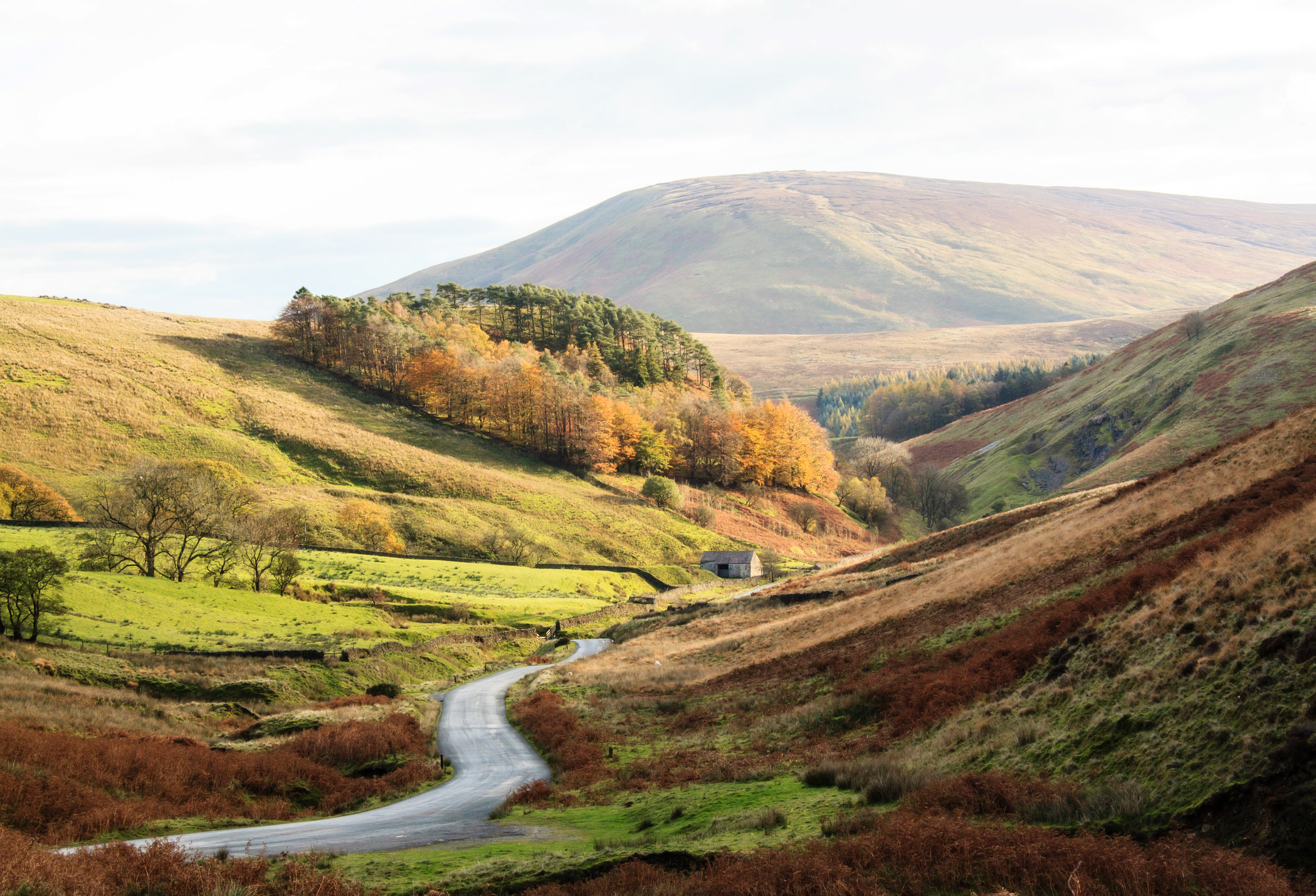
Factfile: Forest of Bowland AONB
- The Forest of Bowland, also known as the Bowland Fells, was designated an AONB in 1964 and includes the Forest of Pendle and parts of the Ribble Valley.
- Its highest point, Ward’s Stone, rises majestically 1,841ft above sea level.
- It’s rich in ornithological life, including golden plovers and oystercatchers, and is one of few English strongholds for the elusive hen harrier.
- Last year, the Ribble Valley was voted the happiest place in England, beating the Orkney Islands by a whisker.
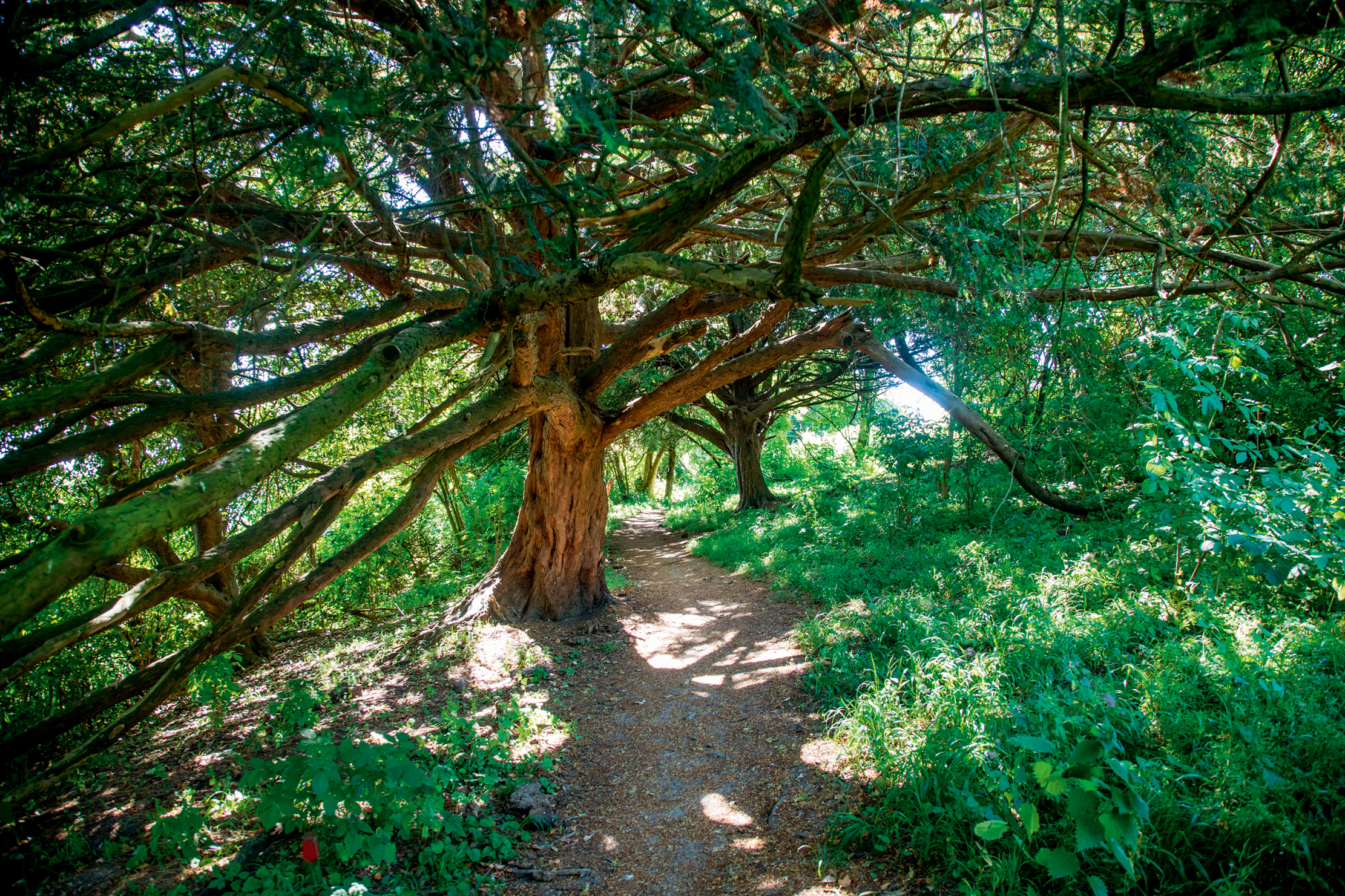
How the Surrey Hills has inspired generations of writers, artists and visionaries
With its magnificent views, lovely churches and grand country houses, this Area of Outstanding Natural Beauty has proven an inspiration

11 breathtaking images of The Gower, the spot so magnificent it inspired the creation of Britain's Areas of Outstanding Natural Beauty
Octavia Pollock takes a look at the magnificent Welsh coastal landscape of The Gower Peninsula, whose tales are as eye-opening
Sign up for the Country Life Newsletter
Exquisite houses, the beauty of Nature, and how to get the most from your life, straight to your inbox.
-
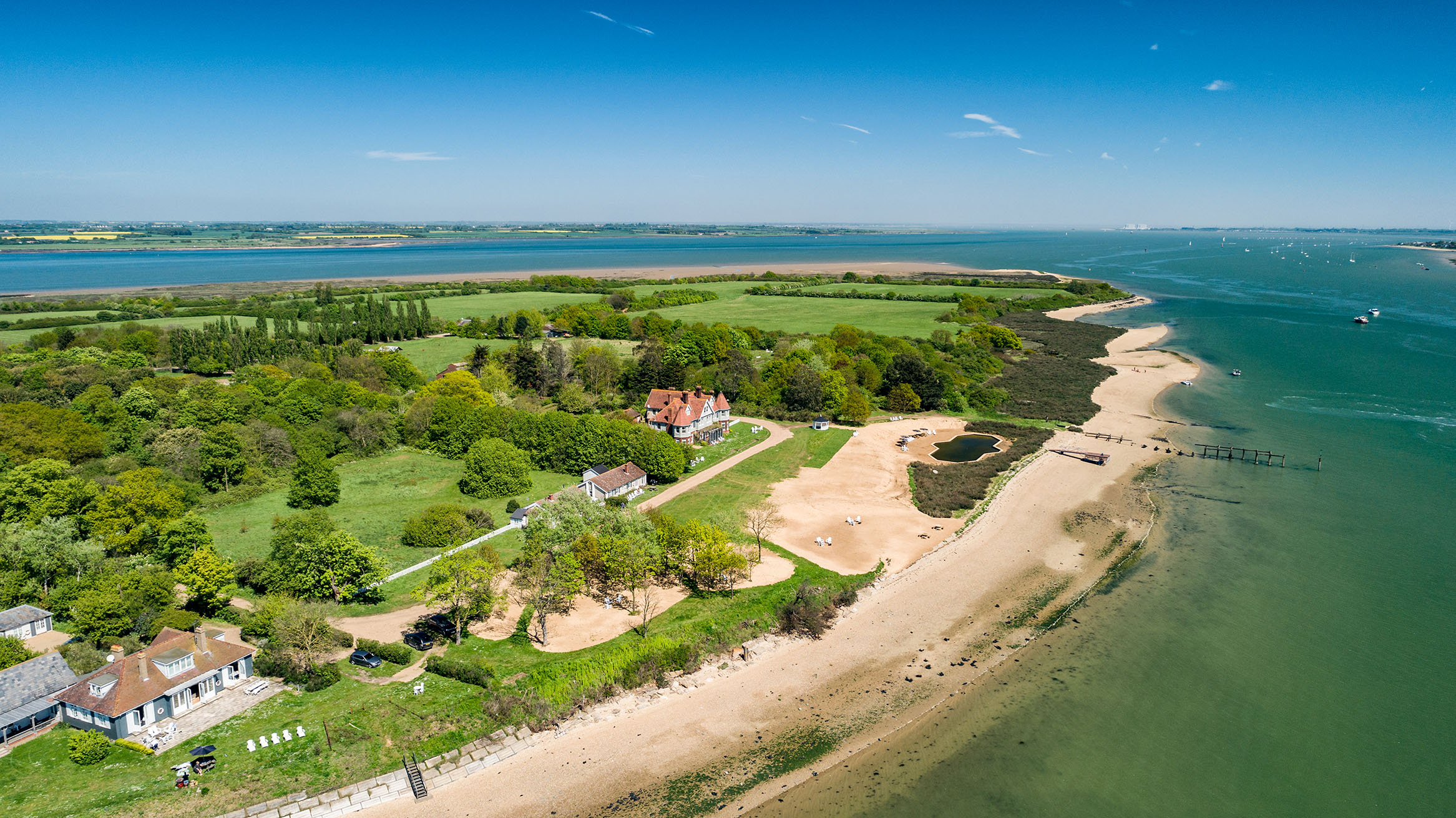 380 acres and 90 bedrooms on the £25m private island being sold by one of Britain's top music producers
380 acres and 90 bedrooms on the £25m private island being sold by one of Britain's top music producersStormzy, Rihanna and the Rolling Stones are just a part of the story at Osea Island, a dot on the map in the seas off Essex.
By Lotte Brundle
-
 'A delicious chance to step back in time and bask in the best of Britain': An insider's guide to The Season
'A delicious chance to step back in time and bask in the best of Britain': An insider's guide to The SeasonHere's how to navigate this summer's top events in style, from those who know best.
By Madeleine Silver